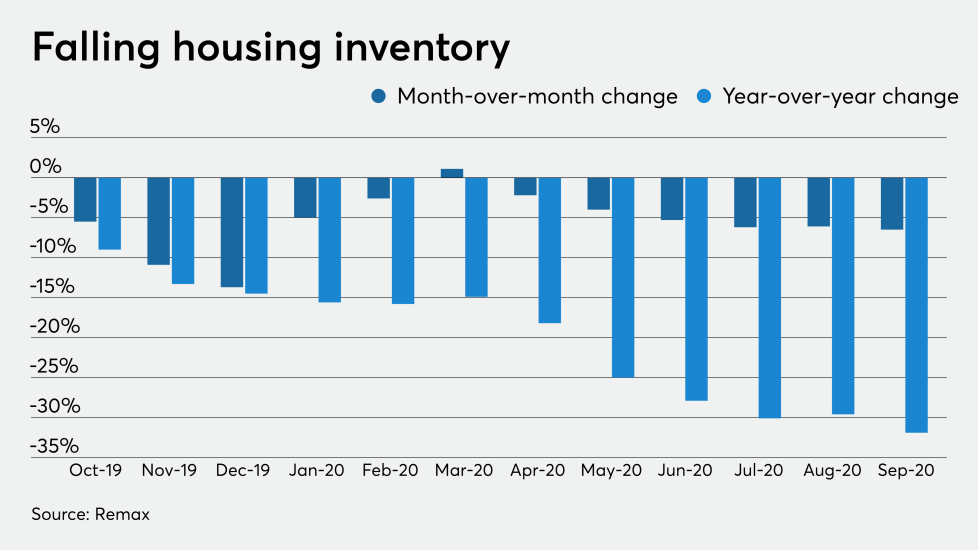The shortage of housing inventory casts a shadow over a real estate industry that's otherwise enjoying high demand and favorable lending conditions. With the number of listings hitting a
A host of factors make increased construction a complicated proposition. Ever since the overbuilding of the housing crash left many projects vacant, stricter regulations were put in place, such as Dodd-Frank's implementation of High Volatility Commercial Real Estate rule, which discouraged lenders from making risky loans by adding a 150% risk weight to certain construction, development or acquisition loans. While protective measures curbed the number of financially risky projects going up, they also made construction more expensive.
Regulatory costs imposed on construction for everything from zoning to delays to permitting requirements. In densely populated markets where the cost of land is higher, breaking ground on new builds can prove difficult without heavy subsidization, according to Brian Turmail, vice president of public affairs and strategic initiatives at the Associated General Contractors of America.

Current
"A lot of the stuff being built is high-end because those are the only projects that are affordable, given the cost of building in most congested areas," Turmail said in an interview. "To do more construction, especially more affordable construction, we ought to look at why it cost so much to build housing in the first place and look at ways to make it a more affordable proposition."
Affordable housing developers and community leaders often cite governmental policy as a potential means of encouraging construction where it’s needed. With the upcoming election set to determine the policies shaping housing's near future, below we tease out how the candidates could impact the key roadblocks to a building boom in the U.S.










